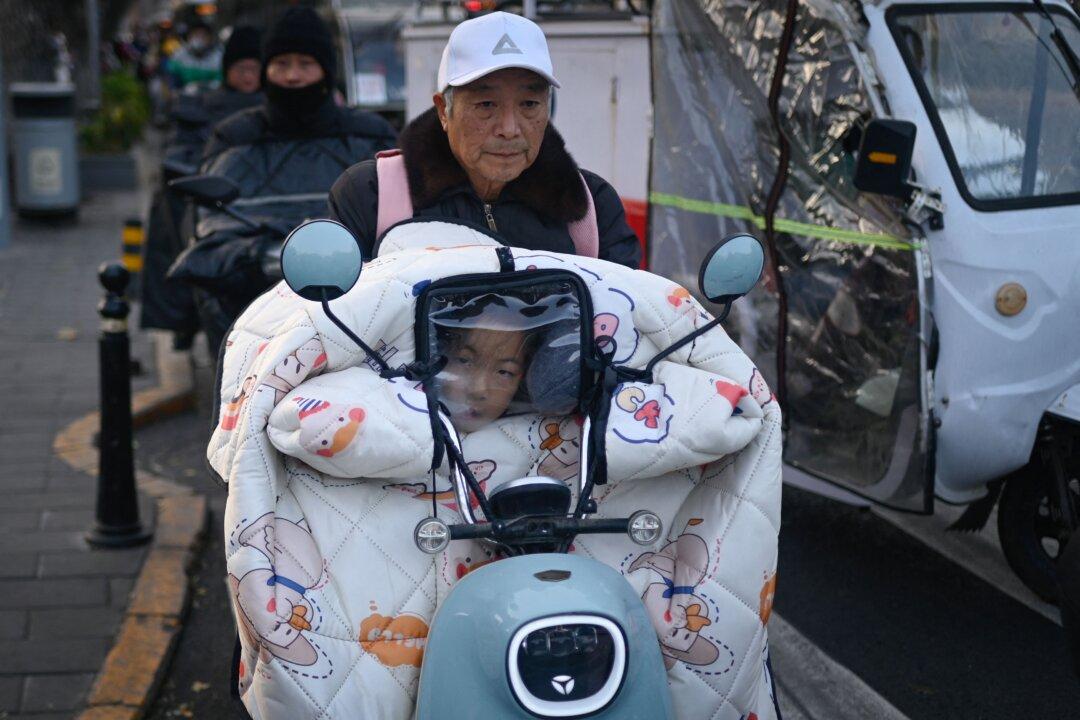China’s official population fell for a second consecutive year in 2023, as a record low birth rate and a wave of COVID-19 deaths, when strict lockdowns ended, accelerated a downturn that will have profound long-term effects on the economy’s growth potential.
Births were down to 9.02 million last year, from 9.56 million births in 2022 and the lowest level since the ruling Communist Party took control of the country in 1949, the National Bureau of Statistics said on Jan. 17. The birth rate was a record low 6.39 births per 1,000 people, down from a rate of 6.77 births in 2022. With 11.1 million deaths, the total number of people in China dropped to 1.409 billion in 2023, according to official data.




